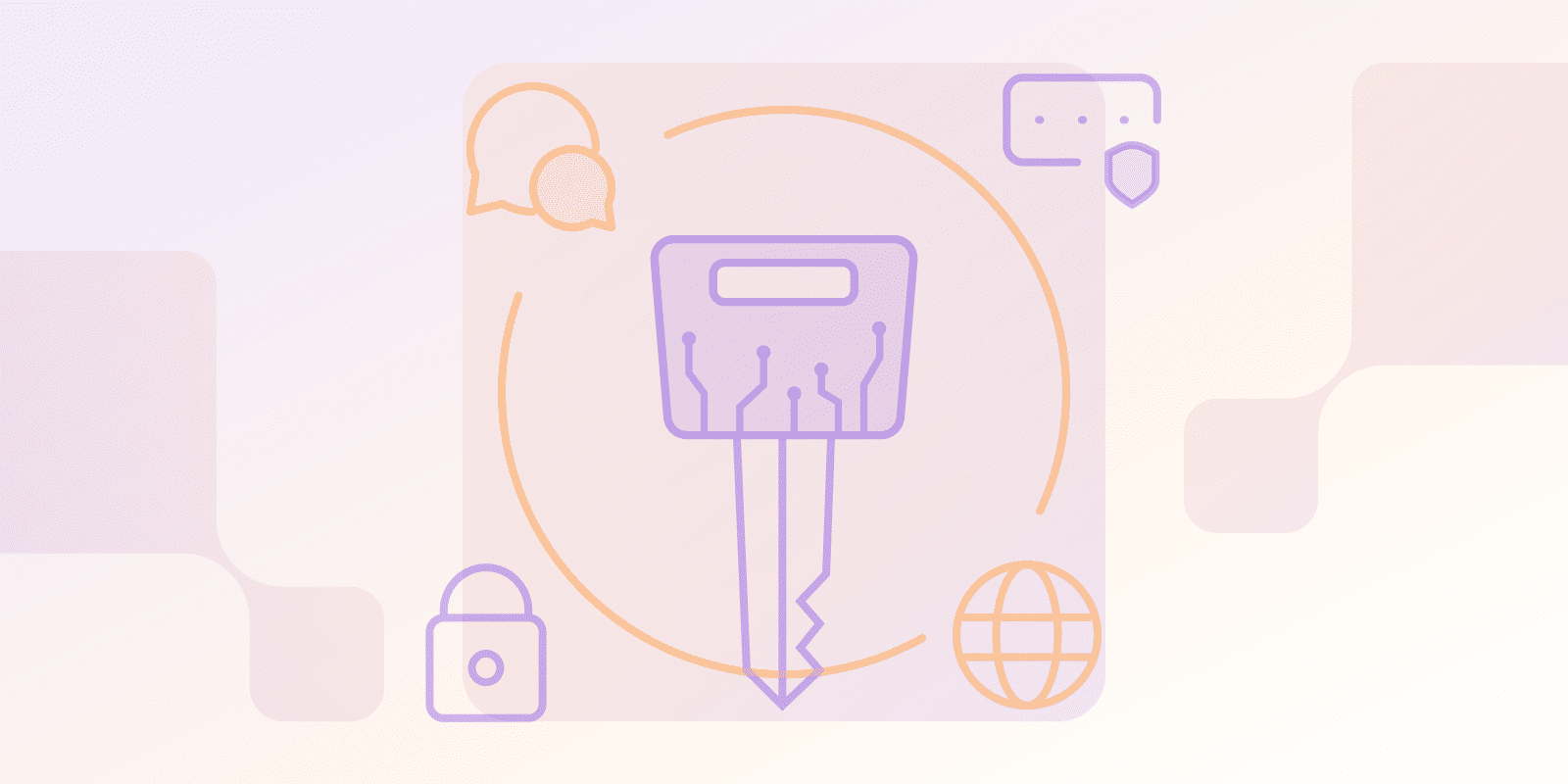What is Security Responsibility of SaaS?
Cloud Security

What is the Security Responsibility of SaaS?
Security responsibility is where both the provider and customer are responsible for safeguarding data and infrastructures. Both of you have different roles; the SaaS provider should have a secure infrastructure and application. On your hand, you should safeguard user access and your settings – in addition to your data.
You need both sides for cybersecurity. As a customer, your role is to look for providers that can offer you the required protection while also learning about security threats.
Who is Responsible for Security in the Cloud? (The Shared Responsibility Model)
The shared responsibility model places the emphasis on you and your SaaS provider. You should look after different aspects, and below is a quick rundown of what you need to consider:
- Provider: The provider should focus on the application security and patching any threats that arise. They are also responsible for looking after the network and operating system, along with the SaaS’s physical infrastructure.
- Customer: You need to secure your data by implementing cybersecurity measures and avoiding potential dangers. You should customize user access and other related configurations, and you also need to make sure that your data is safeguarded.
Additional Value:
- Different Models: You should understand the difference between IaaS, PaaS, and SaaS, as they each have their own unique benefits and challenges.
- Exemple : A security guard may control access to an apartment building while you are responsible for looking after your belongings.
What are the Security Issues in IaaS, PaaS, and SaaS?
Here are the aspects of IaaS, PaaS, and SaaS where you need to pay attention to security:
What are the Two Primary Areas of Security Concern for Organizations Using SaaS?
These are the two areas you need to consider the most:
- Sécurité des données : You need to keep your data confidential, in addition to maintaining availability and integrity.
- Access Management: You must control what each user can do within your application and who can access it in the first place.
What Precautions Might You Take to Minimize the Risk of Using SaaS?
Take these precautions:
- Choose Reputable Providers: Intensively look at each provider before you sign up for one. Look at their security track record and read what their customers have said about them.
- Strong Access Controls: Be strict with who can access and use good practices like principle of least privilege and two-factor authentication (2FA).
- Regular Backups: Back up your SaaS data to a separate location; ideally, you should set up automatic backups.
- Cryptage : Make sure that your data is encrypted at all times.
- Data Encryption: Ensure your data is encrypted both in transit and at rest.
- Security Awareness Training: Make sure that your employees know about different
Look for certifications like ISO 27001 before you choose a provider.
Conclusion
When choosing a SaaS provider, make sure that security is at the forefront of your mind. You should strongly consider implementing the shared responsibility model, which means that both you and your SaaS provider are responsible for overall protection.
Understand your role in controlling user access, backing up data, and training your employees. Make sure that you find a provider with the security features you need, too.